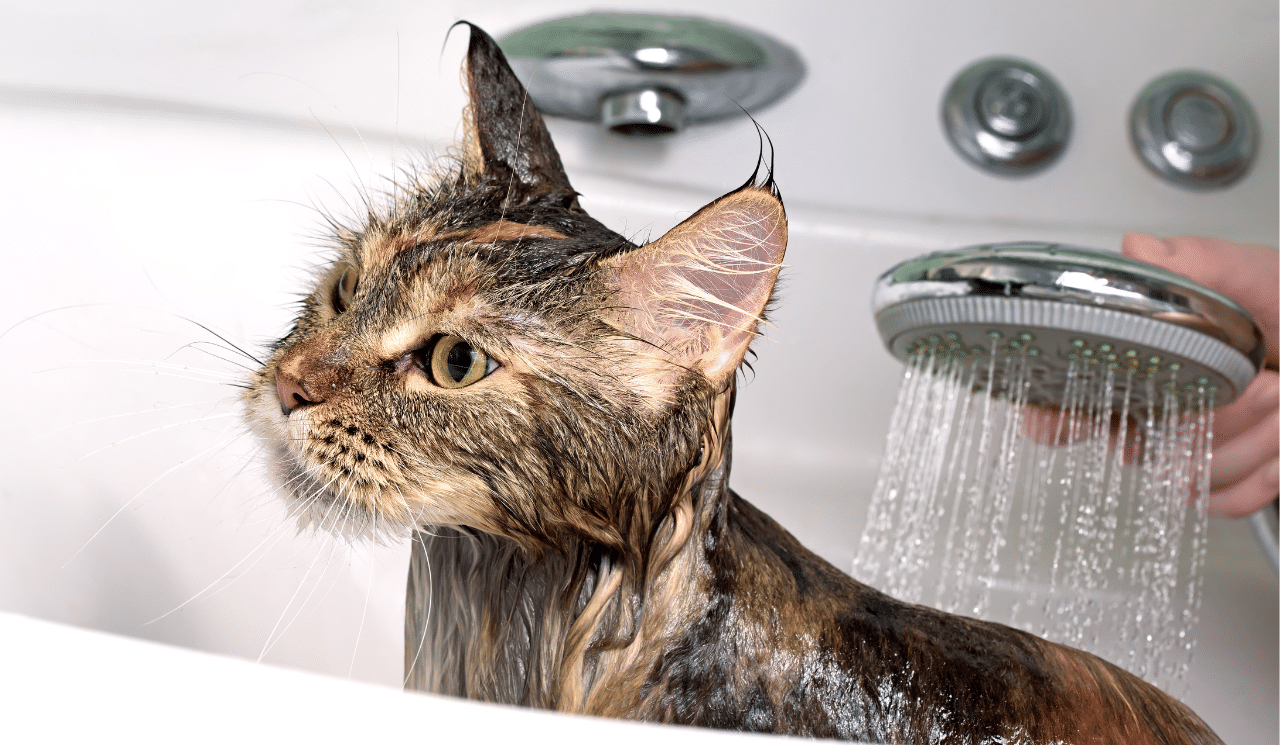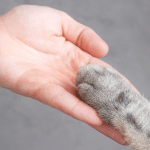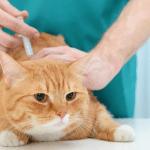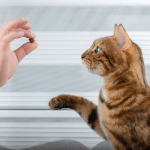As a cat owner, you may be well aware that cats are usually fastidious about their cleanliness. In fact, cats learn from a very young age to keep themselves clean, thanks to their mother’s teachings. However, there may be situations where you may need to bathe your furry friend. Your cat may need a little extra help if they get too dirty, have skin allergies or a flea infestation, or are sick or older. Here are some tips and tricks to make the process of bathing your cat as easy and stress-free as possible.
Preparation is Key
Before you start, it’s essential to prepare everything you need. Make sure you have all your supplies ready before you begin. You don’t want to stop halfway through and scramble around looking for a towel or shampoo. You will need several old towels, mild, non-irritating shampoo such as baby shampoo or pet shampoo, and a cup for rinsing. A turkey-basting tool may also come in handy to reach under the chin, around the neck, and between the legs. If your cat’s fur is matted, you may want to consider cutting these mats away before you start.
Find the Perfect Spot
The best place to bathe your cat is in a small, enclosed room. If you have a sink in your laundry room, that would work perfectly. A deep bathroom sink would also do the trick. Another idea is to use a baby tub and place it inside your own bathtub. This might cause an aching back on your part, but it can be just the thing for your cat. The idea is to get your cat in a small area to help them feel safer during the process.
Temperature Matters
When you’re ready to start, it’s time to prepare the bath. Remember, your cat will not like very hot or very cold water, so lukewarm water works best. Think of the temperature you would use to bath an infant. Next, fill up the tub or sink. You don’t need a lot of water when you bathe your cat, just enough to rinse them off. It’s also a good idea to place a non-skid mat or folded bath towel in the bottom of the sink or tub before you begin filling it with water. This prevents the cat from slipping around on the bottom of the sink or tub.
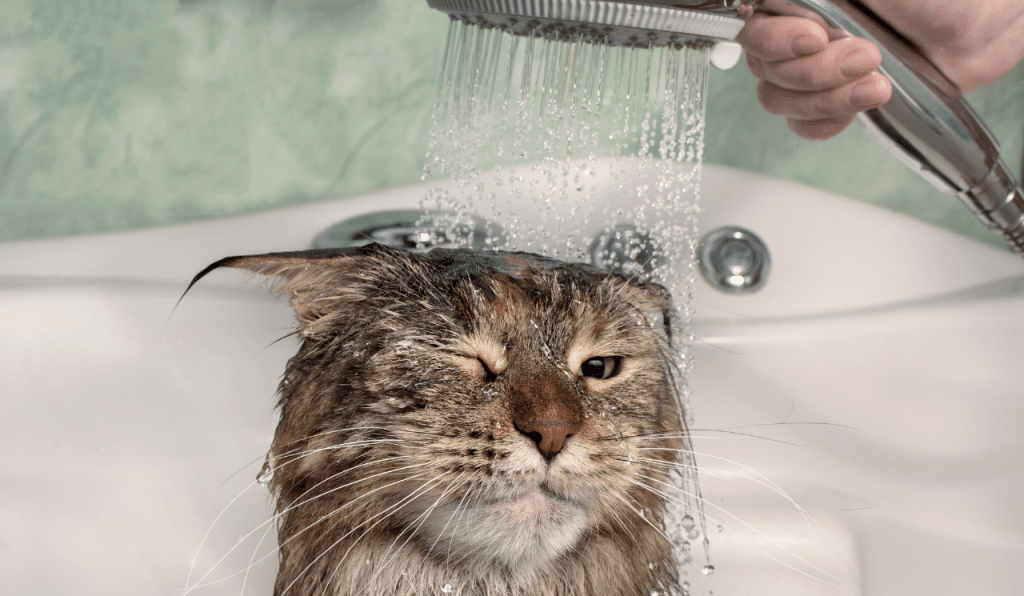
Ease Your Cat into the Water
Now comes the hard part. You have to get your cat and ease them into the water. This may sound easier than it is. Some cats may struggle with you more than others. Only you know your cat’s personality. The best way to go about doing this is to lower your cat into the water. Do this by placing one hand under the cat’s belly and one hand firmly but gently on the cat’s back. Lower the cat from its hind legs into the water. If your cat is still struggling, you may want to wrap a towel around your cat to prevent scratches. You might be surprised by your cat’s reaction. Some cats will sit there quietly and let you work. Others will be scared and will try to run from you. You will get wet, but you may think about holding the cat’s body close to your own while bathing so they feel more secure. Never raise your voice or move too fast, as this can send your cat into a frenzy.
Begin the Bath
After your cat is somewhat situated in the water, you can begin to bathe them. Work quickly, but gently. The best method for bathing your cat is to start with the head and work your way down. Be careful not to get water or shampoo in your cat’s ears or eyes. You will only need a very small amount of shampoo.
When it comes to drying off your cat, it’s best to wrap them in a towel and gently rub them dry. If your cat is amenable, you can use a blow dryer on low heat to help speed up the process. Be sure to keep the dryer at a safe distance from your cat and don’t aim it directly at their face.
If your cat is especially skittish or difficult to bathe, you may want to consider taking them to a professional groomer who has experience working with cats. They will have the necessary tools and techniques to make the process as stress-free as possible for both you and your feline friend. It’s also worth noting that some cat breeds require more frequent grooming than others. Long-haired breeds like Persians and Maine Coons, for example, may need to be brushed and bathed more often to prevent matting and keep their coats looking healthy. Consult with your vet or a professional groomer to determine the best grooming regimen for your cat’s breed and individual needs.
In conclusion, bathing your cat can be a daunting task, but with the right tools and techniques, it can be done safely and effectively. Remember to always use a mild shampoo and lukewarm water, and to work quickly but gently. And if you find that your cat just isn’t having it, don’t be afraid to seek out the help of a professional groomer. Your cat (and your furniture) will thank you!

